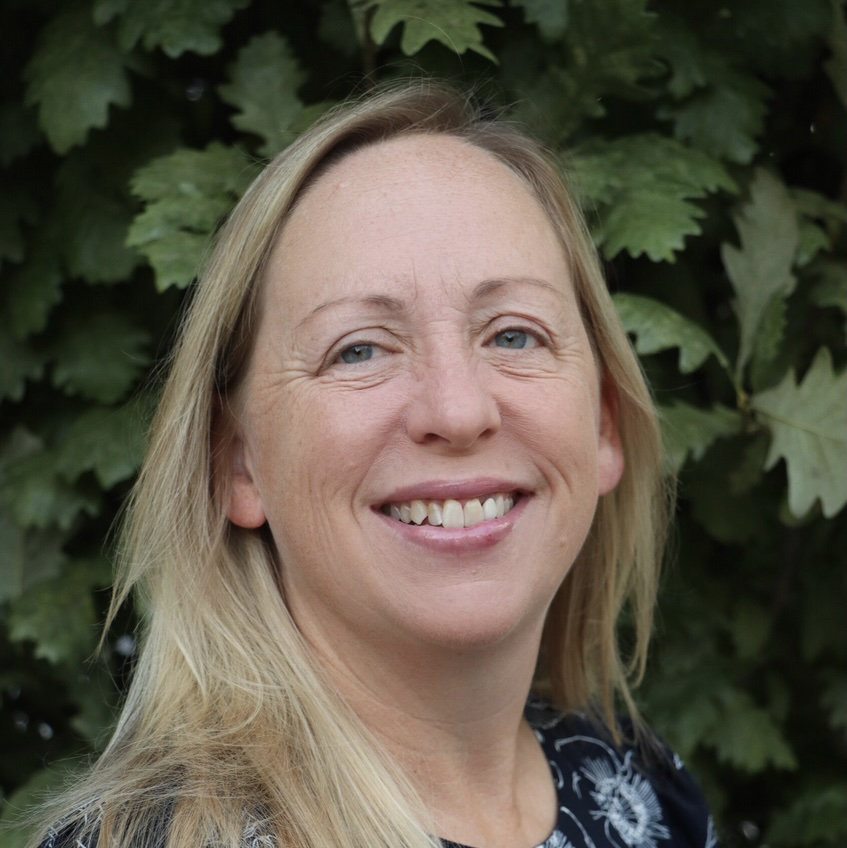It’s an interesting time in healthcare. On one hand, there’s a great deal of excitement around the advancement of AI technology, but on the other, there are serious concerns around care inequity, rising costs, and cybersecurity breaches, to name a few, that predict a bleak future.
“Healthcare is going to have to make a lot of changes,” said Kimberly Hodgkinson, a former CFO now working as a consultant and mentor. “With our aging population coupled with shortages, we are going to really have to do some massive innovation in order to take care of patients where they are.”
The question is how technology can play a role – but it’s not just about the tools.
During a recent Flourish interview with Sarah Richardson (President, 229 Executive Development Community at This Week Health), Hodgkinson drew from more than 30 years of experience in healthcare finance leadership roles to provide insights on how organizations can leverage technology to augment processes; the keys to making sound financial decisions; her 5-minute approach to problem-solving; and why it’s critical to “light your own candle first.”
Augmenting processes
One of the most promising use cases for AI-driven technologies is to address the evolving needs of a patient population that is aging “faster than we can create roles and get people educated,” Hodgkinson said. “If we don’t have the people, we can’t provide quality care.”

Kimberly Hodgkinson
This is where AI and machine learning can play a key role, she added. For example, some ED departments in low volume or rural areas have started utilizing e-registration to automate the check-in process. The goal is to leverage technology to augment care processes and yield better overall outcomes.
In this case, it resulted in improved efficiency and satisfaction, while also eliminating the need for a registrar on staff. “We’re looking at how to flex the resources we have, while using technology to make it easier,” she added. “We need to be smart with the resources we have.”
“Grounded” financial decisions
Perhaps the biggest obstacle leadership faces in making sound financial decisions is a lack of focus, said Hodgkinson. “A lot of times, we get distracted by shiny objects,” including artificial intelligence tools. During her time as a CFO, most recently at Hospital Sisters Health System, she learned that the best way to stay on course is by “being curious and asking why,” she noted. “Why are we doing it? Do we have to do it this way? And what’s the problem we’re trying to solve?” Ensuring all parties are on the same page can help drive collaboration and facilitate “interesting discussions” that can inform the strategy going forward. “Sometimes you’re not in the same place as the problem you’re trying to solve,” she said. “Make sure you’re grounded in those.”
Financial healing
Much like IT or cybersecurity, the goals for the financial department are rooted in improving the patient experience – in this case, by easing the burden. “The revenue cycle team doesn’t necessarily touch the patient, but they’re there to help them heal financially,” she noted. By providing assistance with finances, the staff enables patients (and their families) to focus on healing rather than being burdened by billing statements.
“It’s rewarding being able to help patients get the quality and equitable care that they deserve,” she said. “That’s what I love to do.”
Advancing women leaders
The good news is that women make up a large percentage of the healthcare workforce. The bad news? The numbers decline significantly as it gets closer to the executive suite. And although progress has been made in recent years, equality is still far away, according to Hodgkinson, who believes women need to “make sure they have a voice,” particularly in traditionally male-dominated areas like finance and security. “I think oftentimes women don’t want to say something because they’re afraid of being wrong or they’re afraid of being judged by their male peers,” she said. “They need to be okay with raising their hand and saying, ‘I have an idea.’”
That, however, might not be enough, noted Hodgkinson, who encouraged women to seek out projects that can help expand their scope and seek out every opportunity for fellow programs, certifications, and other types of education.
Random rounding
What can make this easier, she noted, is when leaders work to create a community. “Whether you’re hybrid or remote, you really need to make the effort to make those connections,” Hodgkinson stated. “Call your colleagues and connect with them.” It can mean establishing a weekly Zoom call, scheduling rounding sessions, or employing a strategy she began during Covid-19 to stay connected with teams.
“I would block out time every Thursday at lunch, and I would tell my leaders, ‘I’m going to call somebody in your department. It could be anybody, so just warn them that if I call, it’s not because it’s bad.’” She used the time to check in on members of the staff, gauge morale, and make sure they felt seen. “They were amazing conversations because it brought me closer to the patient and the work that's being done in my space, but it also helped them understand that I was actually there to support them in their roles.”
Failing to do so can wreak havoc on the environment, she said, adding that the frenzied rate of change has only exacerbated the burnout some are feeling. “When you can’t get people or an organization or a product to move in a way that’s going to be helpful, it hinders instead. We’re here to help the patient. We’re here to make the community better and take care of the people who live in that community.”
Grow with technology
For Hodgkinson, who currently serves as Strategic Advisor for KODE and is an HFMA mentor, continued development is a passion – one that has served her well and has become particularly vital as the industry continues to shift. “It’s really important to continue to grow with the technology that’s going to be available in your space,” she said, urging leaders to carve out time for professional development, even if it’s by reading books or listening to podcasts. “When you stop learning, you stop growing, and that means you’re not keeping up with what’s going on in your business.”
The 5-minute rule
And if leaders do decide to make a change, be it professional or personal, Hodgkinson advised starting small. “If that first step is too big for you, break it down into steps in order to get there. Don’t try to do it at once.”
In fact, she suggested devoting five minutes at a time to breaking a habit or creating a new routine. “It’s a holistic change. Five minutes gives you time to do something and feel that sense of accomplishment. At the same time, it’s important to “give yourself grace where you might need to modify,” noted Hodgkinson, who set forth on a plan to improve her health. By incorporating small changes into her schedule and appointing friends to hold her accountable, she was able to achieve early goals, and eventually began devoting more time to it. “When you put in the structure, it helps to form habits,” while also making it easier to stay locked in on the main objective. “You have to want it. You have to want to get past obstacles, otherwise you're going to continue to create stories that keep you from running through them.”
Lighting your own candle
Finally, Hodgkinson spoke about a concept that has been a cornerstone of her belief system: ‘Light your candle first so you can light up the world.’ The premise is simple. “You need to take care of yourself so you can best serve others, be present, and have the energy so that everyone wins,” she said. If that’s not the case, “you have to reprioritize and make sure you have space for yourself.” It’s not something that comes naturally to women, who are often the appointed caregivers within their families. For women, the instinct is to “make sure they’re taking care of everyone else.” But in reality, “taking care of yourself allows us to take care of ourselves better,” she concluded. And when that happens, “you’re better as a team member, better as a spouse, and better in everything you do.”
This article was based on the recent Flourish interview between Kimberly Hodgkinson and Sarah Richardson. To view more Flourish episodes, click here.


Questions about the Podcast?
Contact us with any questions, requests, or comments about the show. We love hearing your feedback.

© Copyright 2024 Health Lyrics All rights reserved